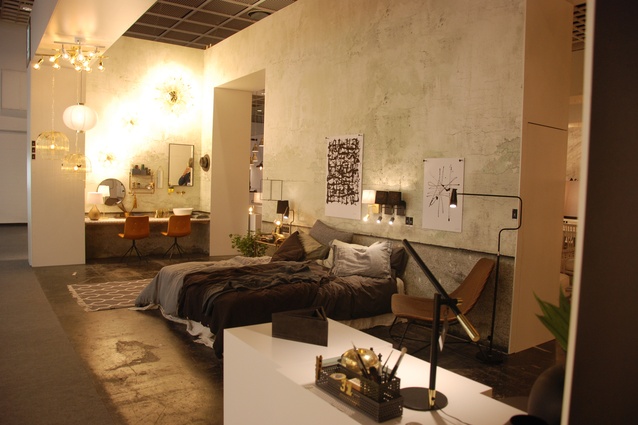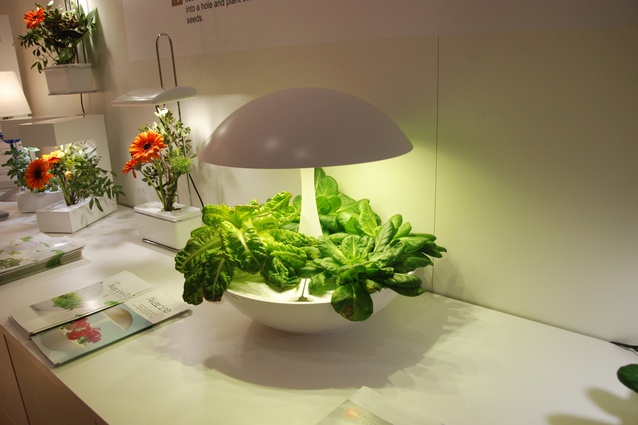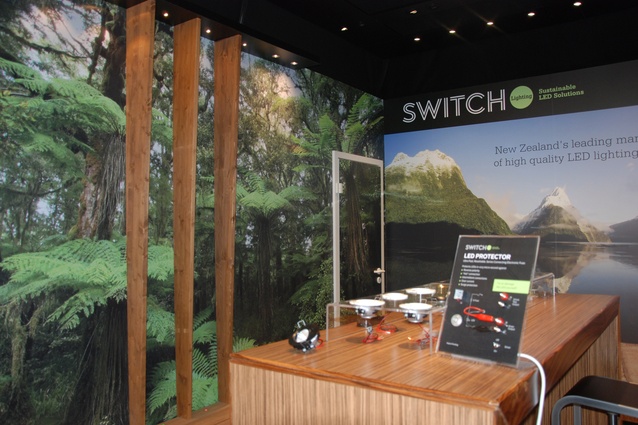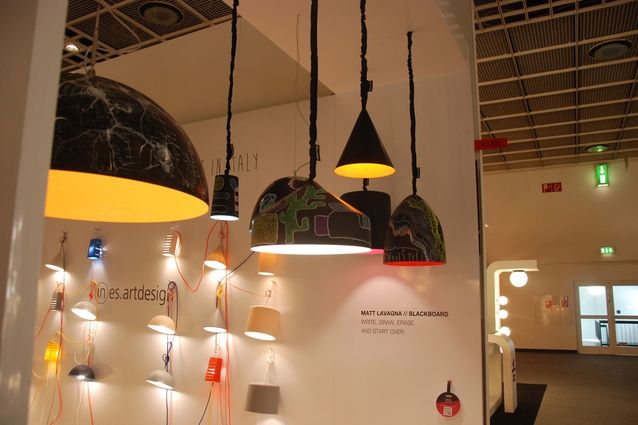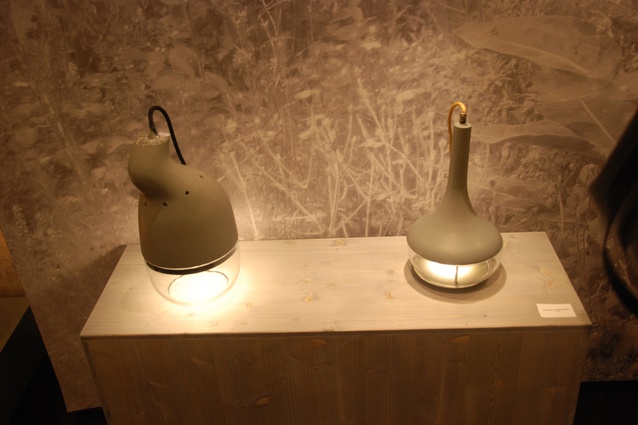Light+Building fair: Day 3 report
My first stop today was to the Italian Lighting pavilion. I was both in need of coffee and in need of the ambience offered in the literature about this hall. As promised, walking in was like taking a deep breath of Mediterranean air. There was no glitz, just pure style. Stands displayed rooms beautifully furnished and lit in the wares of each company. Beautiful people stood around offering leaflets and espresso.
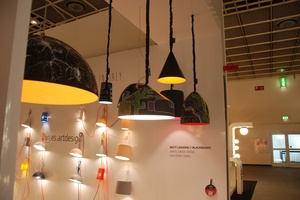
One highlight was the be.pop and Matt collections by in.es.artdesign. The be.pop collection consists of lamps that appear to be ceramic, but are actually made from a soft rubbery material called Laprene. The lamps come in monochromatic industrial style tones, but have brightly coloured, poppy wiring.
The cacio&pepe lamp is their signature piece and is based on a parmesan grater. It comes in bright colours and is versatile, in that it can be strung up from the ceiling, attached to the wall or used as a table lamp. What really caught my eye though, was the blackboard lamps in the Matt collection, which would look great in a cafe setting, or even a child’s room.
Also in this hall, although actually hailing from Japan, was the Akarina range from Olympia Lighting Fixtures Industries. These are hydroponic indoor plant systems, designed in response to a need for greenery in tiny Japanese apartments. They can be used for potplants in the living room or to grow small vegetables or herbs on the kitchen bench.
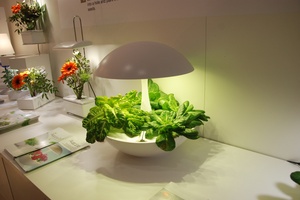
They are also very stylish in white and with interesting curved and block designs. Aside from its hydroponic range, the company also sells pendants made from traditional Japanese lacquered bowls and porcelain ware, which are also very attractive.
Next I took a walk over to Hall 4.2, where Nelson company Switch Lighting had its vibrant and – like their fellow kiwi exhibitor David Trubridge – very clean, green, New Zealand stand. Gerard Woods from Switch Lighting was feeling good about their exposure at the fair, saying they hadn’t been sure if their products would be interesting to overseas buyers, but it turns out they are.
Switch Lighting’s point of difference is its LEDs are designed to be completely insulated, while most other products will burn out early if they are packed with insulation. Woods said he had seen some other products around the fair that have been designed to treat this issue, such as a kind of rubber boot that fits over the LED, but Switch Lighting’s design was getting a good amount of interest from European buyers.
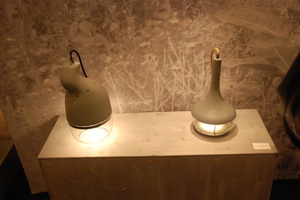
As promised, I wanted to touch on a couple of the other lights that were featured in the Trends exhibition. Concrete Home Design, the baby of a Parisian and a German designer, creates really interesting, solid pendants and free-standing lamps from concrete, which have a lovely warm glow and some really interesting shapes to them.
Another favourite was an Artemide design entitled Les Danseuses, which is really more of a sculpture than a light. The ‘skirt’ of this lamp is created from a lace-like fabric and the design emulates – you guessed right – a dancer twirling. It is really quite spectacular to see. It was a winning entry in the Design Plus award at the fair and since I was not allowed to take a photo of it, it can be seen in action here.
Well, that is the end of my Light+Building stay.

